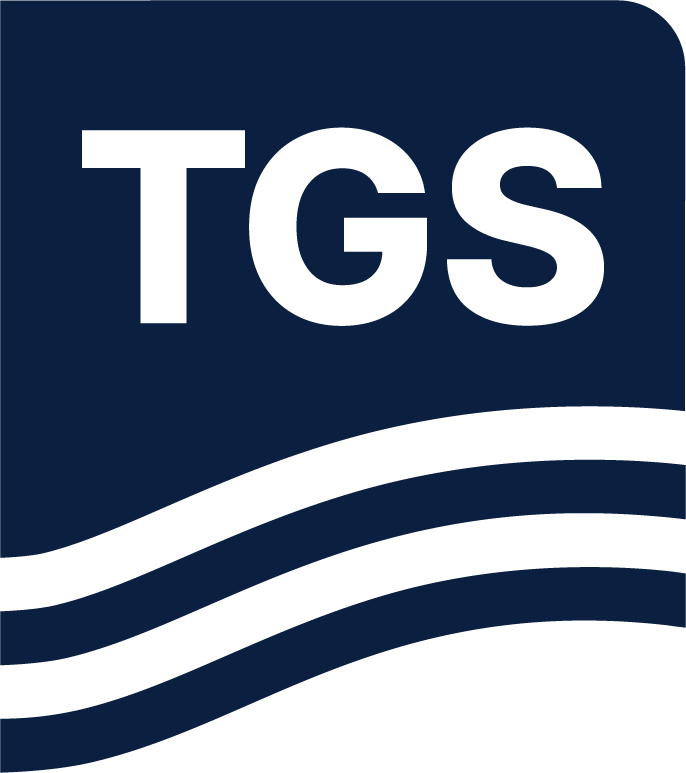Paper Summary
First Published: First Break, December 2021 (Data Management and Processing), by Yang Yang, Jaime Ramos-Martinez, Dan Whitmore, Guanghui Huang and Nizar Chemingui, TGS
Introduction
The main goal of seismic inversion is to obtain a detailed estimation of subsurface properties, primarily velocity and reflectivity. The classical inversion workflow consists of two sequential steps based on scale separation of the earth model, i.e., building the long wavelength velocity model, and imaging the reflectors associated with geological boundaries. Over the past decade, FWI has emerged as an optimal solution for velocity estimation. It utilizes optimization methods to recover an earth model which generates modelled data that best matches the recorded seismic data. The inversion process maps the data misfit (difference between modelled and recorded data) to velocity perturbations in the subsurface. In principle, FWI is capable of recovering a complete earth model with a resolution dictated by the seismic experiment. In practice, and more than three decades after its conception (Tarantola, 1984), FWI is still evolving to deliver on that promise. The problem is not the theory itself, but most often negligence to recognize seismic inversion as a two-goal process. The earth model can be represented as a smoothly varying (low-wavenumber) velocity macro-model onto which are superimposed sharp contrasts in acoustic properties (high-wavenumbers) associated with geological boundaries and expressed as reflectivity (e.g., Mora, 1989). The goal of seismic inversion is to both estimate the velocity and predict the reflectivity without damaging either.
In recent years, Least-Squares Reverse Time Migration (LS-RTM) has become the method of choice for seismic reflectivity inversion in complex geological settings. In theory, the data domain LS-RTM algorithm is similar to FWI, which also aims at minimizing the differences between the modelled and recorded data. Accordingly, it is natural to solve both problems in a joint scheme where each inversion targets a specific scale representation of the earth model.

Overthrust model synthetic test example. True velocity (a) and density (b) models. (c) Initial velocity model. (d) True vertical reflectivity. (e) Inverted vertical reflectivity and (f) velocity from the simultaneous inversion.
Conventional FWI estimates of the velocity mainly rely on refracted and diving waves. By using sufficient long offset data and properly handling the cycle-skipping problem, FWI can recover a good velocity model up to the maximum penetration depth of diving waves. Consequently, the need to recover velocities at deep targets has triggered demand for long offset acquisitions. As an alternative, one can utilize reflections to recover velocities beyond the penetration depth of refracted energy (e.g., Xu et al., 2012; Zhou et al., 2015). However, in order to use reflections in FWI, scale separation of the inversion gradient is essential for minimizing the crosstalk between velocity and impedance during the inversion. Moreover, combining both low- and high-wavenumber components in FWI slows down the convergence of the inversion and increases the risk of being trapped into local minima.
We present a novel seismic inversion approach to simultaneously invert for velocity (FWI) and reflectivity models (LS-RTM). The joint inversion has been previously applied in a nested fashion (e.g., Zhou et al., 2015; Chi et al., 2017), but the cost increase is significant. Berkhout (2012) proposed a joint migration inversion solution using a modelling engine that relies on waves propagating in the up/down directions. Consequently, the estimation of the velocity does not consider refracted and diving waves (Verschuur et al., 2016). In our solution, we use a wave-equation modelling relation that is parameterized in terms of velocity and vector reflectivity and capable of modelling the full seismic wavefield. A key aspect of the inversion is the separation of the low- and high-wavenumber components of the gradient, enabling the sensitivity kernels to update the velocity and the vector reflectivity, respectively (Whitmore and Crawley, 2012; Ramos-Martinez et al., 2016). With minimal pre-processing of the input data, the output of the inversion is a velocity model that fits the kinematics of all recorded events, and a good estimate of the earth’s reflectivity compensated for acquisition and poor illumination effects.
Read the full article here.

